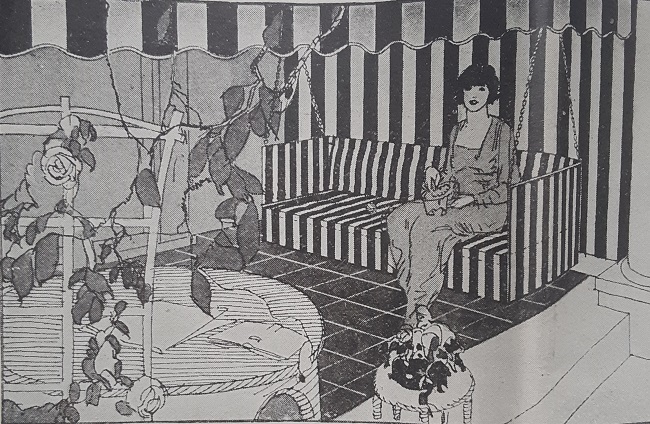
I have always loved vintage travel trailers, and even considered searching out one in which to store my collection. Had I had more time, I might have actually pursued that option. As it turns out, I did add a trailer related object to my collection, this mid to late 1930s catalog for Roadhome Pullman Coaches.

There’ no date in the catalog, so I had to go by the dates to figure out when it was published. The models of the cars are probably the best clues, but I know little about vintage cars. So I went with the clothing the people are wearing. The lengths of the dresses and the hair styles sure look 1935 – 1936 to me. If you are a vintage car know-it-all, feel free to enlighten me.

Travel trailers had been around for a while in the 1930s. People had been using their autos for camping since the early days of the automobile. There were specially made tents that attached to the car, with the auto itself being used for sleeping. But as more people were hitting the ever-improving American highways, camping setups became more luxurious.

Why rough it and spend hours setting up camp when one could have a fully stocked cabin on wheels? There’d be more time for relaxing.

Campfires were optional when one had a fully-functioning kitchen.

That refrigerator is actually an icebox, though you could upgrade to gas or electrical. Power was limited, and so was conserved when possible.

At night the sofa became a bed. The walls were made of mahogany, a feature I’ve noticed in other trailers of that era.

These floor plans make the Roadhome look nice and spacious. If you have noticed the lack of a bathroom, the bathtub is hidden beneath a seat, and the toilet is contained in a closet.



















































